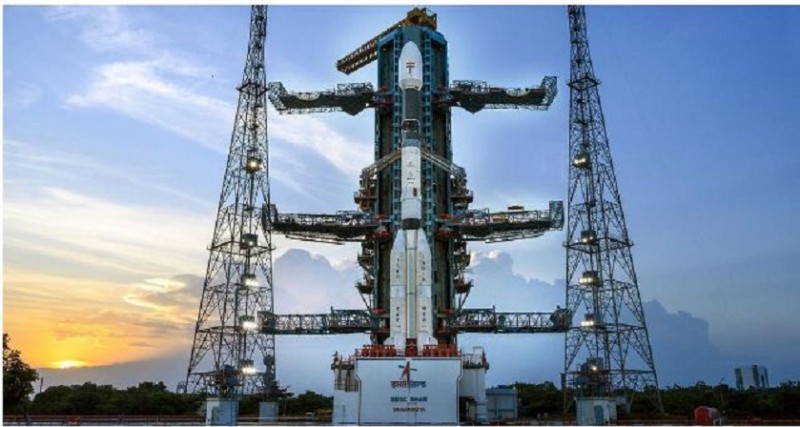
The Indian Space Research Organisation (ISRO)’s highly-anticipated launch of Earth observation satellite-3 or GISAT-1 failed after the rocket entered the lower reaches of space (an altitude of 139kms), after a flight of nearly 5mins 40 seconds. The first two stages of the rocket, which give initial thrust for lift-off and later carry the 52-meter tall vehicle to space, performed as expected. However, shortly after the rocket switched over to its final stage - the Cryogenic engine (that burns liquid hydrogen and oxygen), there was a marked deviation in its planned flight path.
According to ISRO chairman K. Sivan, it is said that a "technical anomaly was observed in the cryogenic stage and the mission could not be accomplished." The ISRO had earlier tweeted saying, "GSLV-F10 had lifted off successfully" from the spaceport. Top ISRO officials and scientists at the mission control were also seen discussing urgently, while several others had already gotten off their seats
The intended mission was to position EOS-03 in Geostationary orbit. The satellite was expected to provide near real-time imaging of large areas of interest at frequent intervals, which could be used for quick monitoring of natural disasters, episodic events and any short-term events.
Gadkari pitches for formulating policy for using RBI's rising forex reserves for infra-development
Lok Sabha Speaker Om Birla expresses concern about the productivity of the House
Delhi Metro Rail Corp to roll out feeder e-buses from August 12